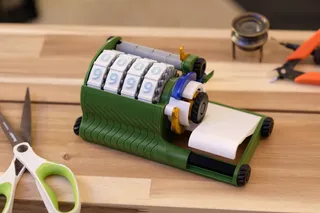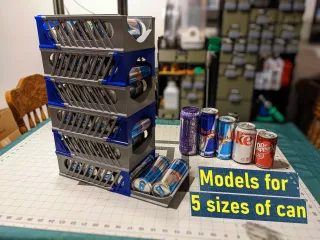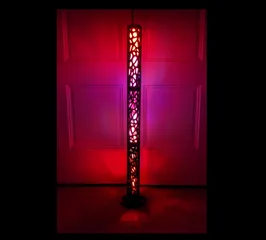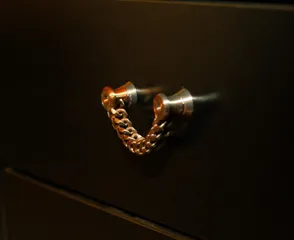Two Part Stylish Soap Dish
Description
PDFThis is a stylish, modern looking soap dish in two parts. Each part can used separately as their own dish, or they can be used together. The upper grated dish lets the soap dry on all sides, and the lower solid dish collects moisture that drips from the upper. If used somewhere that has its' own drainage the upper grated dish itself is stable on a flat surface, and can be used alone. Likewise if you aren't considered about drying the bottom of the soap the lower dish may be all you need.
Design Decisions
High priorities when designing this model were making it as easy to clean as it is attractive.
The upper dish separates itself from the lower dish with large radius rounded feet which couple into equally large radius indents in the lower dish. This means the upper dish is just resting on the lower so it is trivial to separate them for cleaning, and since the indents in the lower dish are a large radius cleaning them out is easy as well. Given the nature of the large indents and bowl shape of the lower dish, the upper dish's feet effortlessly self-center and comes to rest in its indents.
A design decision that aides in both appearance and cleaning is that it the dish is indented to be printed on its side. With this the working suffice of the dish is made of the outside perimeters of the printed layers, which can more easily resolve the large radius curves of the dish leading to a smooth surface that is both attractive and easier to clean then the stair-step effect of large radius curved surfaces that are printed in the print plane, and if even smoother surface is desired little effort is required to post-process the surface.
In order to have good print-ability without the need for supports all of the feet are angles in from the edges of the dishes. Angled feet not only help with printing without supports, but also make the parts look like they are floating above the table, and each other, when viewed from a typical high viewing angle.
Print Instructions
Printing the models on their side as the .3mf files are already oriented is the only important recommendation, with the possible exception of setting ‘Z hop while retracted - on' depending on how much confidence you have in your bed adhesion.
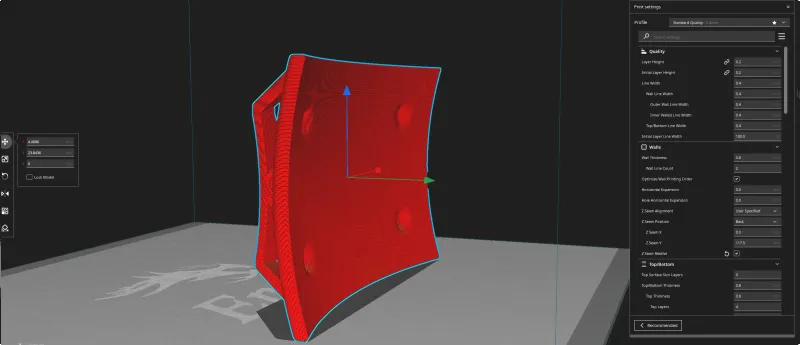

That being said the photographed print used the following settings :
- 0.4mm nozzle and line width
- Design features shouldn't be harmed if printed as thick at 0.8mm
- 0.2mm layer height
- A lower layer height may improve overhang performance and make smoother surfaces at the cost of print time.
- Infill 20% Cubic
- Infill settings play very little role in printability, feel free to use your own discretion.
Other settings would mostly be dictated by the printers choice of materials and what experience tells them is needed for proper bed adhesion on their machine. As pictured in PLA:
- G10 build plate material
- Glue stick smear
- 70C Bed first layer temp
- 62C Bed for the remainder
Tags
Model origin
The author marked this model as their own original creation.

